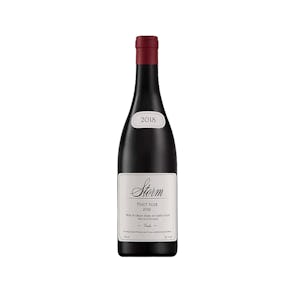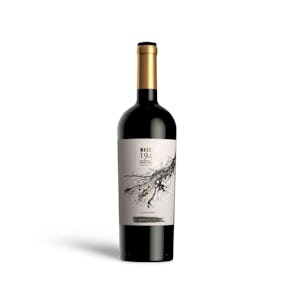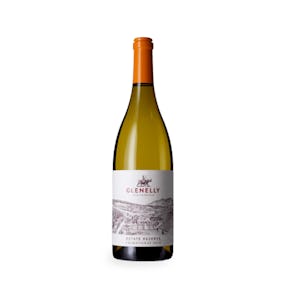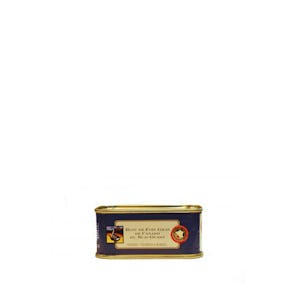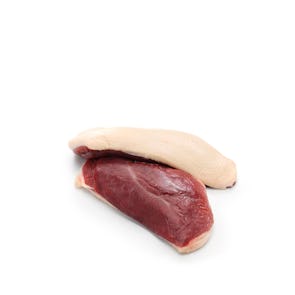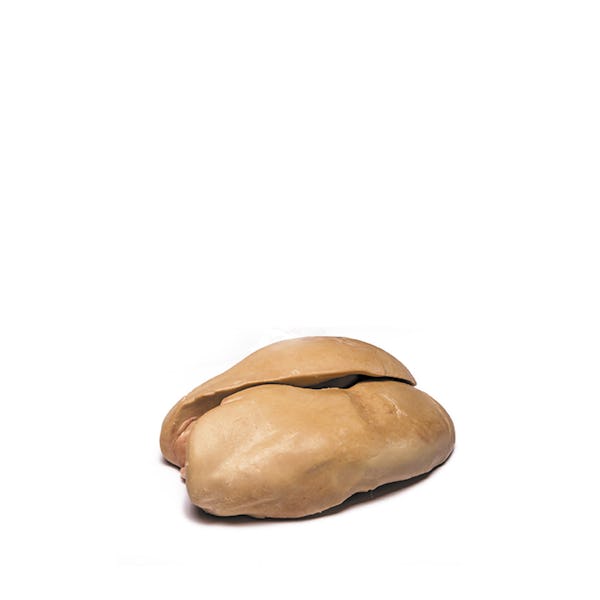

IGP Foie Gras Lobes from France - Whole Duck Liver ( Raw and Frozen)
Rich & Buttery
(Tuesday Jan 06 , 2026)
Tasting Notes from the Curator
Taking a good bite of your seared duck liver unleashes a rich beefy profile that invites you to dig deeper while enticing your nostrils with its umami flavor. It then glides through the walls of your mouth with its smooth and less fatty texture, making it just the dream beef for your liver centric recipes.
Preparation
Grabbing your whole foie gras, there are many ways to deploy your culinary skills. First, you can decide to have your duck served as a pate on your fresh baguette or slices of toasted bread. You can also settle for a searing approach and combine this nutritious gamy delicacy with your favorite foods like mashed potatoes and gravy, biscuits, and various fruits. Another way to relish on each morsel of foie gras is by preparing a duck terrine. If light and sweet is your way, then make a mousse by cooking and pureeing your pound of duck liver. Don’t forget to include your brandy and butter in the union for a smooth, silky, and delicious paste.
When looking at wine pairings, it’s ideal to understand how you want the dish served. If the foie gras is served as an appetizer, you may opt for a good vintage Champagne such as Duval-Leroy Blanc de Blancs Millésime Prestige Brut Champagne Grand Cru, a Sauvignon Blanc such as Lionel Osmin & Cie La Reserve Sauvignon Blanc or even a Les Volets Pinot Noir if you’re into red. Sweet wines like Sauternes may also work well as long as the level of sweetness does not interfere with the next course.
When serving foie gras as an entrée, the wines mentioned above will be a good match, as well as your favorite Merlot, or Cabernet Sauvignon. The reds are especially nice if the recipe is served hot.
An Ancient Dish
Many have come to match foie gras with the country that made it famous in our time, France. However, the practice of enjoying a good bite of a tasty duck or goose liver dates over 4000 years back to the times of the ancient Egyptians. The Egyptians domesticated geese only to learn that they made it a habit to develop large livers during the moments that lead to their large migration. Having found it to be nutritious, these ancients went ahead to foster the gavage technique used in the production of large waterfowl’ livers. For over 4000 years, the practice spread through the entire Mediterranean and was famously welcomed by the Greeks then later the Romans. Gourmets began embracing various recipes to enjoy this nutritious meal and ducks became another source. When the Roman Empire fell, the Jews were the ones to keep the custom alive during the Middle Ages until it was officially taken over and made famous by France before and after the French Revolution.
Disclaimer on Varied Weights
Each Foie Gras is unique and may not be of the same weight as others therefore the final pricing could change depending on actual weight of the Foie Gras to be delivered to you. Shall there be any pricing adjustments based on weight, you will be contacted by our Support right away.
Storage Instructions
Keep refrigerated until ready to prepare and serve.

